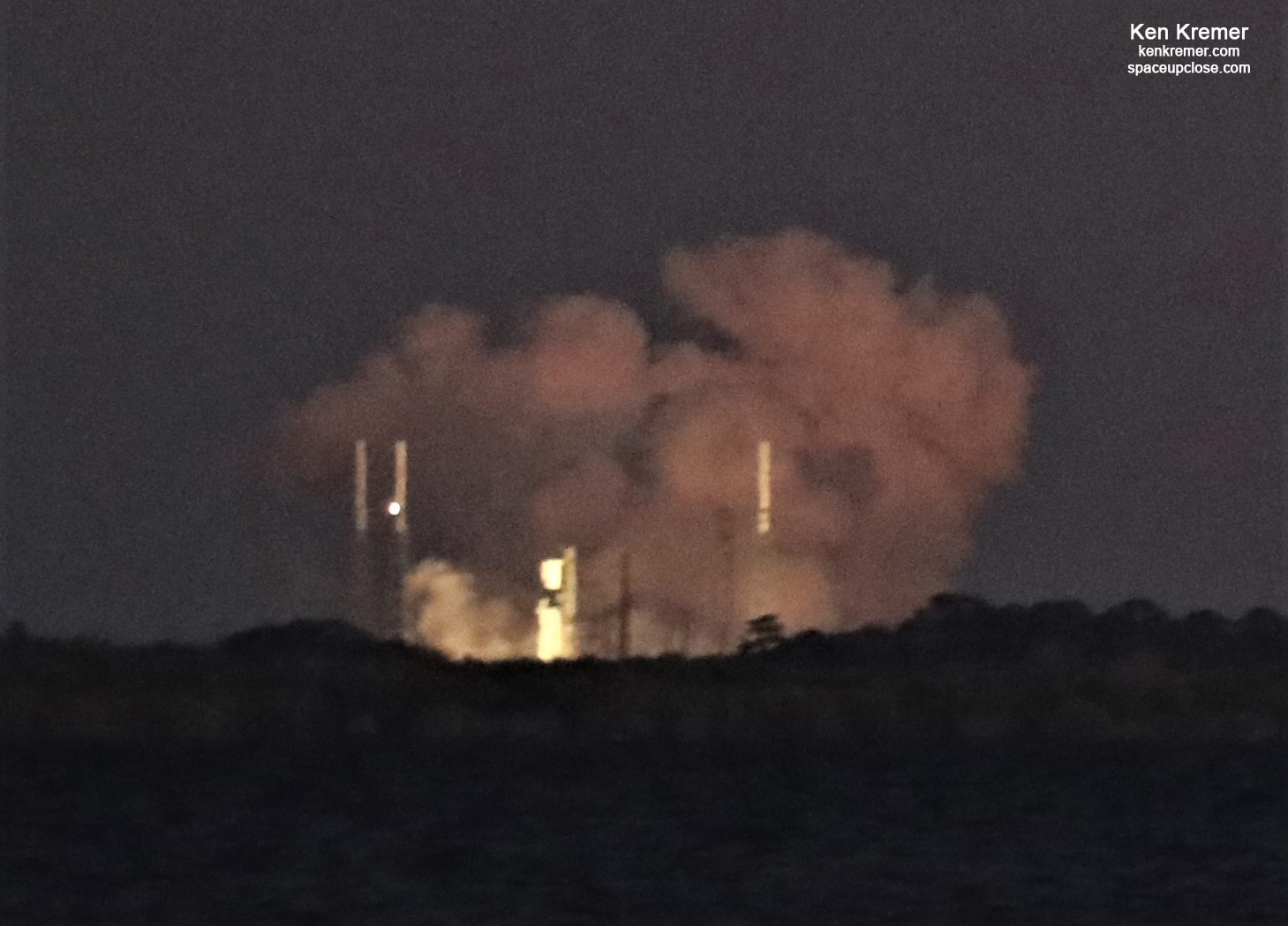
For SpaceUpClose.com & RocketSTEM
TITUSVILLE/CAPE CANAVERAL, FL – SpaceX is targeting Friday, Dec. 11 for the lunchtime liftoff of a veteran Falcon 9 rocket carrying the Sirius SXM-7 digital audio radio satellite for mobile radio broadcasts to geostationary orbit from the Florida Space Coast following a successful post sunset static fire test Monday, Dec. 7 – that counts as only the second first stage to be flown seven times!
If all goes well, the SMX-7 would be the third of three launches this week, following the successful SpaceX CRS-21 Cargo Dragon launch completed Sunday, Dec. 6 and the looming, oft delayed ULA Delta IV Heavy launch targeted for Thursday evening Des. 10 with a top secret spy satellite for the National Reconnaissance Office (NRO).
The brief hold down static fire test of the 2nd 7th time to be flown Falcon 9 rocket booster with no nose cone attached was carried out precisely at 6 p.m. Monday evening (2300 GMT) Dec. 7 after earlier gloomy, rainy skies dissipated a few hours before the test and into multi hour long test window.
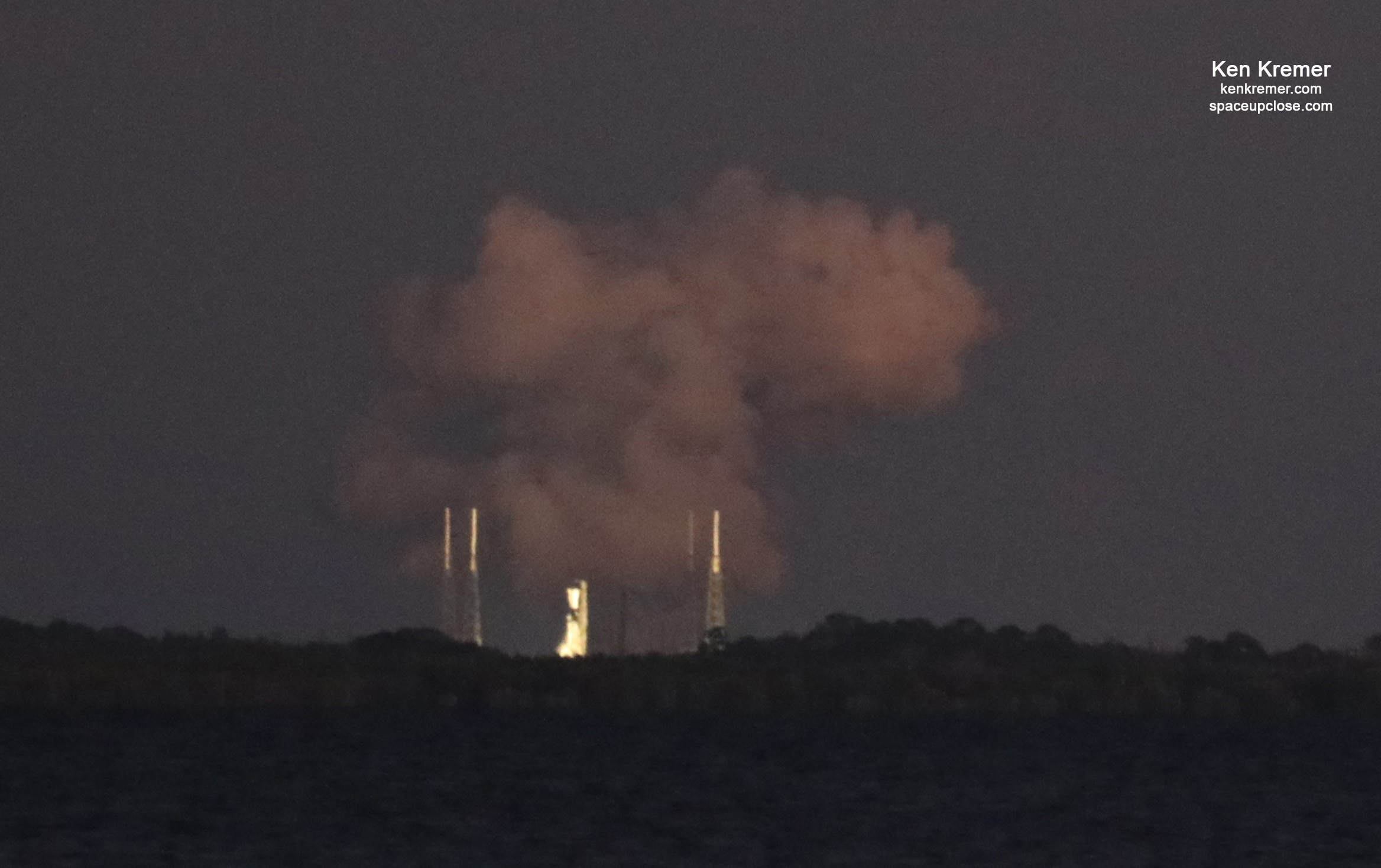
I watched the early evening engine test Monday from nearby in Titusville, Fl about a dozen miles away across the Indian River lagoon and observed the exhaust plume and vapor cloud emanating from the bottom of the booster – just barely visible in the post sunset darkness.
From a distance the test appeared normal – however as always we awaited SpaceX confirmation of a good result.
About 80 minutes later SpaceX did confirm a good test and targeted launch for Dec. 11.
“Static fire test complete – targeting Falcon 9 launch of SXM-7 for @SIRIUSXM from SLC-40 in Florida on Friday, December 11,” SpaceX tweeted.
Furthermore SpaceX confirmed that the booster has flown six times previously and the one of the payload fairings is also recycled having been recovered after previously supporting the ANASIS-II mission earlier this year.
“Falcon 9’s first stage previously supported six missions and one of its fairing halves previously flew on the ANASIS-II mission.”
Falcon 9’s first stage previously supported six missions and one of its fairing halves previously flew on the ANASIS-II mission
— SpaceX (@SpaceX) December 8, 2020
SpaceX is targeting Friday, Dec. 11 at 11:20 a.m. EST (1620) for launch at the opening of a 2 hour window of the SMX-7 satellite from Space Launch Complex-40 on Cape Canaveral Air Force Station, in Florida.
Weather outlook is very good currently
Meteorologists with the 45th Space Wing forecast an 80 % chance of acceptable conditions.
Primary concerns is the Cumulous Cloud Rule.
Booster recovery on JRTI and upper level winds are assessed at low risk.
In case of a delay to Saturday, the outlook drops slightly to 70% favorable.
The SXM-7 satellite is built by prime contractor Maxar and weighs almost 7,000 kg.
“On Dec 11, 2020 the powerful Maxar-built SXM-7 digital audio radio #satellite built for @SIRIUSXM will be launched from Cape Canaveral on a @SpaceX #Falcon9 rocket. Once on orbit it will enable broadcasts to mobile radios, such as those in vehicles,” satellite builder Maxar tweeted after the static fire test completed.
https://twitter.com/Maxar/status/1336435636010627076
SIRIUSXM will use SXM-7 to ensure continuous and reliable delivery of SiriusXM’s entertainment and data services to tens of millions of subscribers across North America.
SXM-7 will deliver the highest power density of any commercial satellite on-orbit, sending more than 8,000 watts of content to the continental U.S., Canada, Puerto Rico and the Caribbean, increasing the quality of signal for SiriusXM subscribers.
SXM-7 will be carried to geostationary orbit by the SpaceX Falcon 9 rocket.
The satellite is built on Maxar’s 1300-CLASS PLATFORM and it is designed to provide service for 15 years or longer.
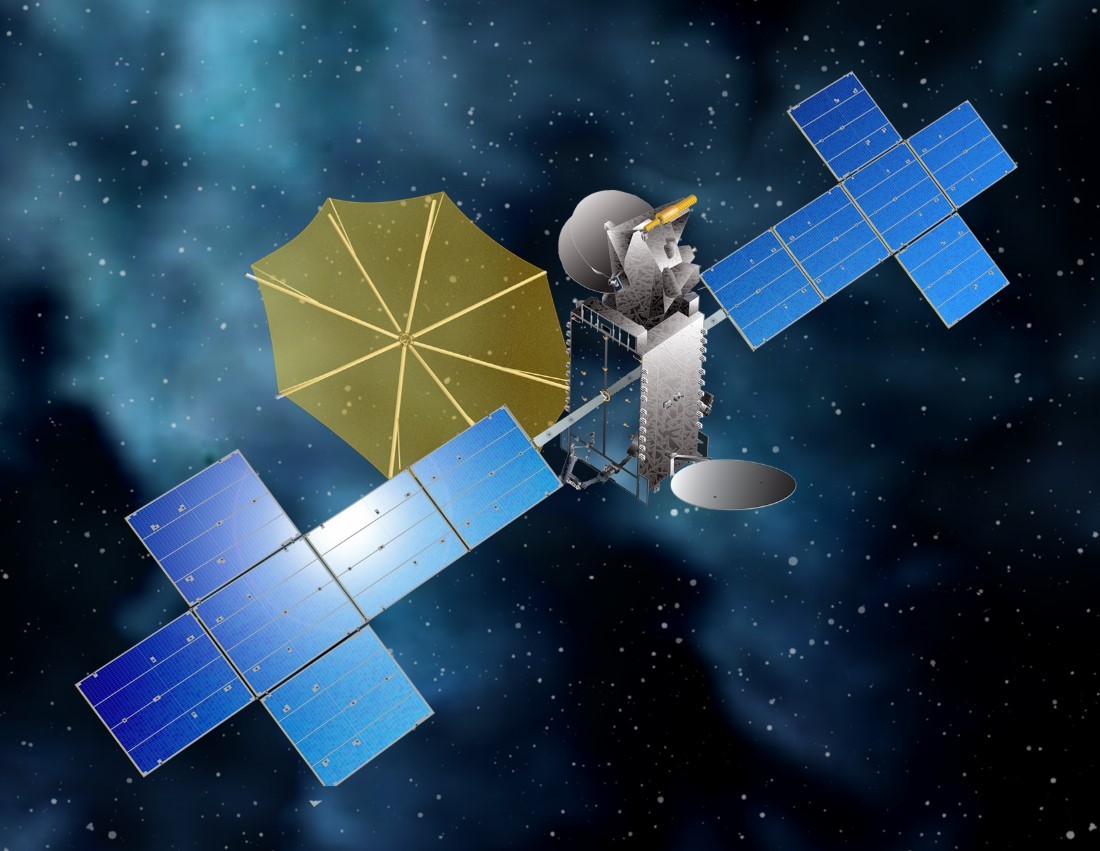
“Once on orbit, the satellite will deploy a large unfurlable antenna reflector, which will enable broadcasts to mobile radios, such as those in moving vehicles,” says Maxar in a statement.
“Maxar is also currently manufacturing SXM-8 for SiriusXM, which is expected to launch in 2021. Maxar has previously built a total of seven satellites for SiriusXM, including its first-generation Sirius satellites that were launched in 2000 and its second-generation Sirius satellites that were launched in 2009 and 2013.”
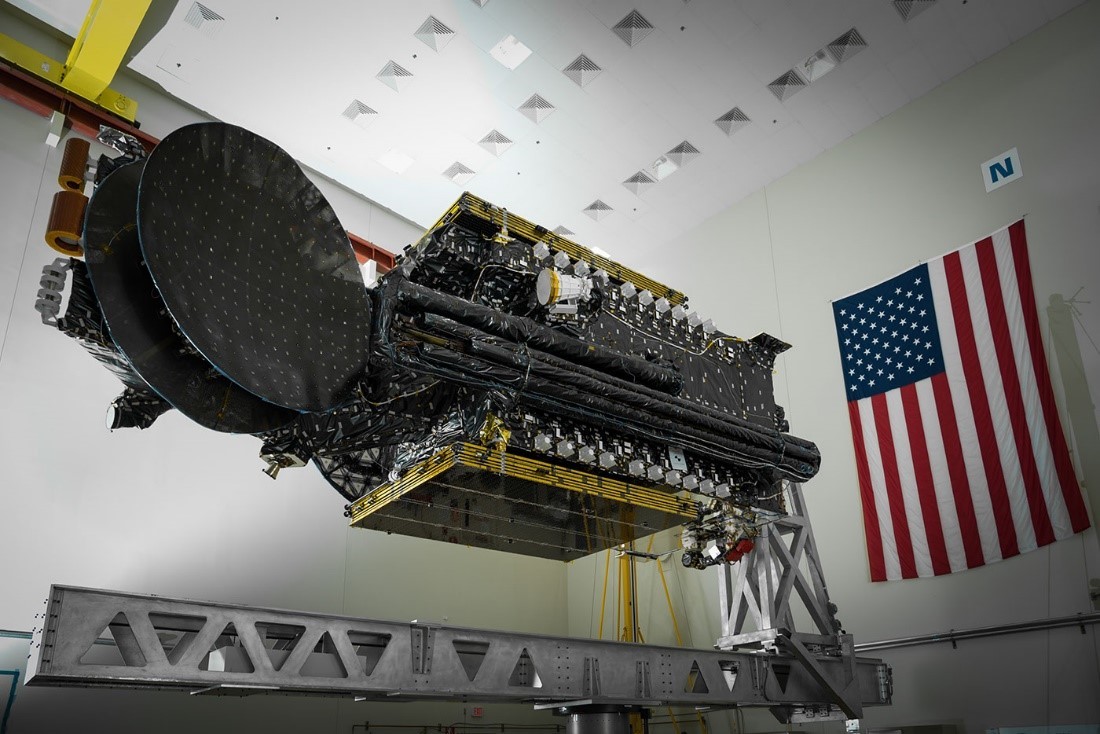
Watch Ken’s continuing reports about SpaceX Cargo and Crew Dragons, Starlink, Commercial Crew and Artemis and onsite for live reporting of upcoming and recent SpaceX and ULA launches including Crew-1, Starlink, X-37B, Solar Orbiter, Mars 2020, NRO spysats and more at the Kennedy Space Center and Cape Canaveral Space Force Station.
Stay tuned here for Ken’s continuing Earth and Planetary science and human spaceflight news: www.kenkremer.com –www.spaceupclose.com – twitter @ken_kremer – email: ken at kenkremer.com
Dr. Kremer is a research scientist and journalist based in the KSC area, active in outreach and interviewed regularly on TV and radio about space topics.
………….
Ken’s photos are for sale and he is available for lectures and outreach events
Please consider supporting Ken’s work by donating at Patreon:
https://www.patreon.com/kenkremer
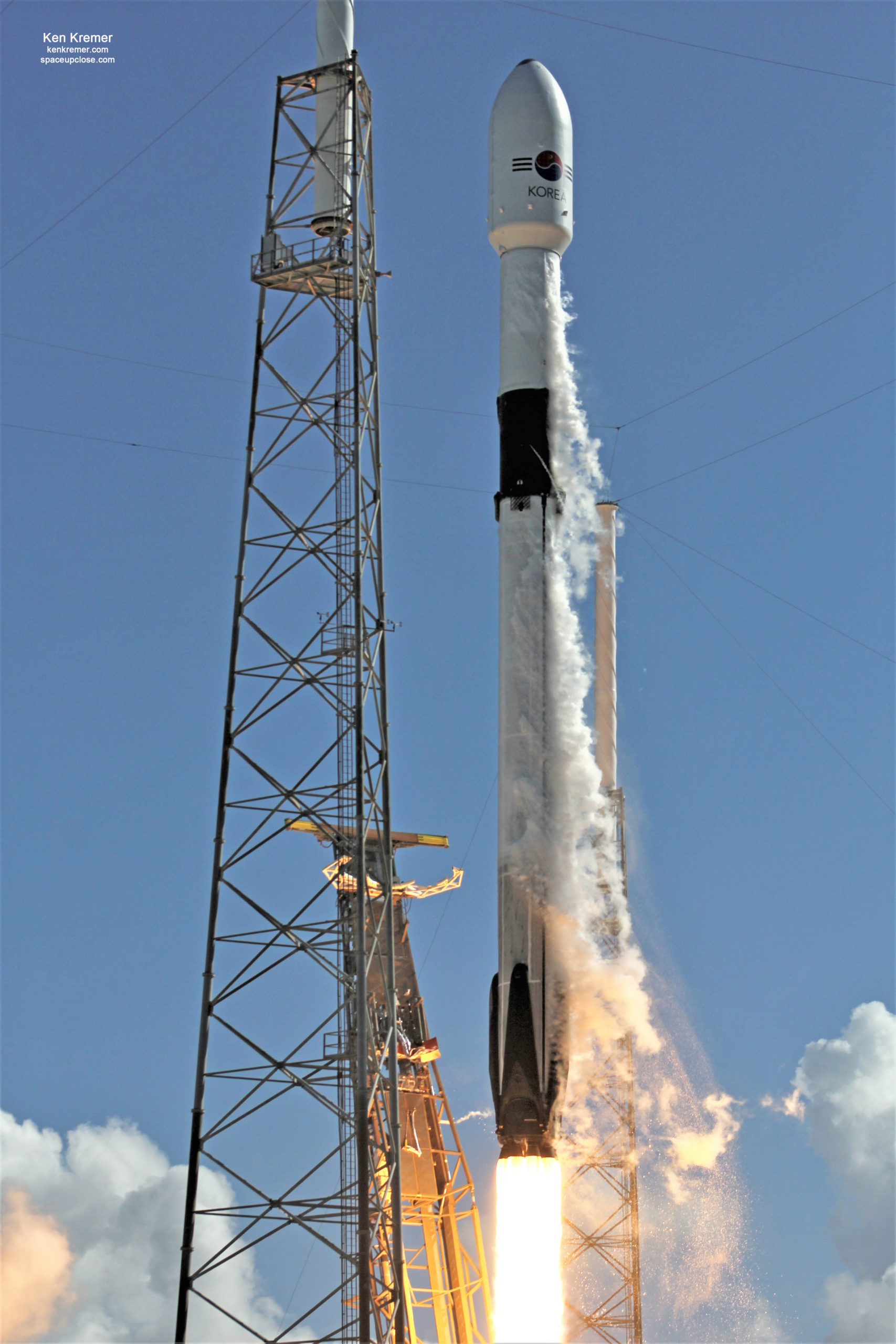
x



